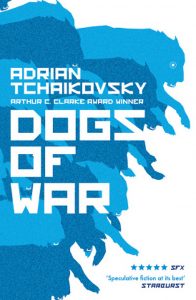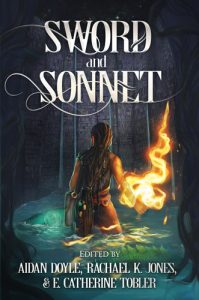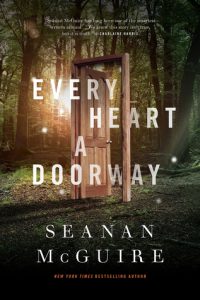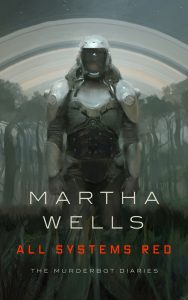Bang, lights out, and it’s all over and done with? As if! Post-apocalyptic scenarios represent one of the classic, never-grow-old sub-genres of sf, and while the reasons why everything goes down the drain follow certain trends, as well as the kind of (non-)societies emerging afterwards, the end per se remains a solid narrative trope.
So here’s why I think we can’t resist telling stories about the fall of Man and the destruction of Earth.
Some people just like to see the world burn, a wise old butler once said, and he’s right, I guess. I for sure do. The concept is thrilling. A larger than, well, death memento mori moment. Everything we cared for, everything that mattered could be gone in an instant. Our whole style of living withers away, and with it the thin patina of civilization. That’s how those big American road trips through the end times like The Walking Dead or The Road show it.
But for me, to see the world burn is not enough. I found out that I deeply value the “post” part in my apocalyptic endeavors. That’s maybe why the recent revival of dystopias didn’t appeal to my taste. I think they’re a whole different kind of beast: Where post-apocalyptic tales mostly focus on a world remade by the forces that destroyed it, dystopias dwell on the downfall of society (often only of its lower rungs, while the upper classes thrive). If this is the way the world ends, I think I prefer the bang to the whimper. But curiosity gets the better of me more often than not.
It’s in our guts. It’s our survival instinct – devastating disasters shaped the collective consciousness of mankind, from real earthquakes and volcano eruptions to mythical endless winters and deluges. We are no cockroaches who will crawl out of radioactive zombiefied lava downpour just fine, so we better pay attention when disaster hits. The same instinct is still active today; catastrophes fascinate us: when planes crash or plagues strike, we go click.
We are compelled to ask: Who will survive? Me me me, some tiny inner MacGyver cries, and that’s how I’ll do it! And if the scope of time and destruction gets bigger, at least we want to know what will survive of us: Just silly things like the shopping list in Canticle for Leibowitz? Did we leave something eternal, something helpful for those who come after us, and will they still be human enough to appreciate it?
The resilience of Man provides the much needed positive vibes for a lot of post-apocalyptic scenarios. We want to witness that something survived. That people will hold out, some even without reverting to barbarism. By stripping away everything and looking at the remains, these stories also determine what is human … and what is not anymore. But something will emerge from the ruins, and I love to see that despite all adversities, mankind might be as hard to kill as the cockroaches in the end. The survivors will try to cling to some form of live or the other, even if they have to fight off a whole mutant roach society. Or forge peace with them.
Because maybe, we’ll be able to learn. Post-apocalyptic stories are about hubris. Since we found out that we are truly capable of destroying it all, they have served as a warning, as an exploration of the consequences of bringing about our own downfall. Sure, there are meteors, plagues and other natural disasters, but very often, apocalypse is self-induced.
There are even benefits: Nature will take a breathe. When we also realized that we’re not exactly crucial to Earth’s wellbeing, there has been a lot of interest in imagining how fast our footprints will be gone and forgotten (as in The World Without Us) and what might evolve after we’re gone (as in After Man).
It’s a whole new world! The bleakness of Earth destroyed is often set off by the prospect of a different world, a different society, free from the burden of the past. It’s a relaunch, and the world will be decluttered like your apartment after you get one of those throw-away-everything self-help books. This is a deceptively easy path to post-apocalyptic bliss: live the simple life, back to the basics, fight mutants, mildew, and meningitis …
Anyway, post-apocalyptic scenarios provide us with a fresh slate to experiment with, without dumping us on a new world or in a strange, far-off land. The whole thing is ready to be re-imagined, but relatable at the same time (you now, when the mutant roaches dig out this shiny inexplicable, inedible thing with an engraved apple). And from then on, anything can happen, and the big bang that should have been the end of it all is a starting point for something new, or at least for a compelling story, just as it should be.





